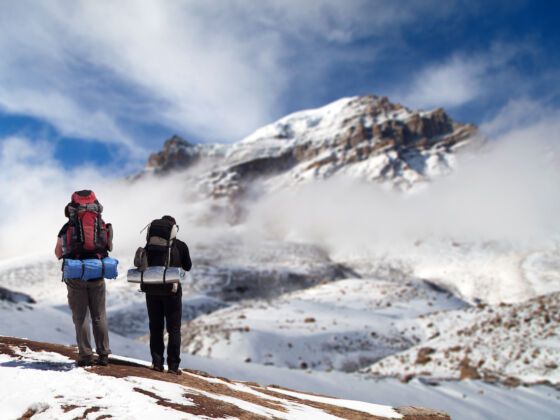AS A NATIVE MIDWESTERNER, I passed the first decade or so of my life in a region that just about defined “flat.” Growing up, my idea of high altitude travel was the elevator ride to the top of the Sears Tower.
While I’m still no Edmund Hillary, there is one aspect of mountaineering that I’m (unfortunately) intimately familiar with. I’ve gotten altitude sickness on no fewer than three different continents, varying in degree from “mild” to “suddenly I have an opinion on euthanasia.”
Three-quarters of travelers who visit high-altitude locales, whether as climbers or tourists, will experience some of the same symptoms I did. If not handled properly, the most severe forms of altitude sickness can lead to permanent damage or death.
Being familiar with the symptoms and treatments for altitude sickness will make any trip to high altitudes a lot safer, and definitely more enjoyable.
